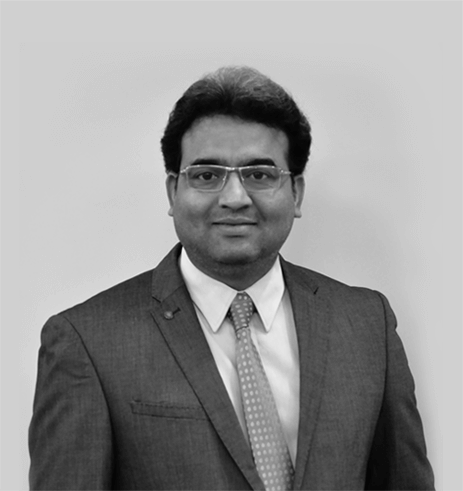A crown is an artificial restoration that fits over the remaining part of a prepared tooth, making it strong and giving it the shape of a natural tooth. A crown is sometimes known as a ‘cap’.
Crowns are an ideal restoration for teeth that have been broken, or have been weakened by decay or a very large filling. A crown could be used for a number of other reasons, for instance:
Crowns can be made of a variety of different materials and new materials are continually being introduced. Some of the most popular options are listed below.
Porcelain bonded to precious metal: this is what most crowns are made from. A precious metal base is made and then porcelain is applied in layers over it.
Porcelain crowns: these crowns are made entirely out of porcelain and are not as strong as bonded crowns, but they can look very natural and are most often used for front teeth.
All-ceramic crowns: this modern technique offers a metal-free alternative, which can give the strength of a bonded crown and the appearance of a porcelain crown. Therefore it is suitable for use in all areas of the mouth.
Acrylic: these crowns are made of plastic like acrylic material. They are not of very good strength and discolour after some years. Therefore they are recommended only for front teeth.
Gold alloy crowns: gold is one of the oldest filling materials. Today it is used with other metal alloys to increase its strength, which makes it a very hardwearing restoration. These crowns are silver or gold in colour.
The dentist will prepare the tooth to the ideal shape for the crown. This will involve removing most of the outer surface, and leaving a strong inner core. The amount of the tooth removed will be the same as the thickness of the crown.
Once the tooth is shaped, the dentist will take an impression (mould) of the prepared tooth, one of the opposite jaw and possibly another to mark the way you bite together.
The impressions will then be given to the dental technician, along with an appropriate shade and other information needed for the crown to be made.
A temporary crown will be made so that you can use the tooth while you wait for the crown to be made. This crown may be more noticeable but is only a temporary measure.
When you and your dentist is happy with the fit and appearance of the new crown it will be fixed in place with special dental cement or adhesive. The cement forms a seal to hold the crown in place.
You will need to have at least two visits: the first for the preparation, impression, shade taking and fitting the temporary crown; and the second to fit the permanent crown. There will usually be about 1 to 2 weeks in between appointments.
No. A local anaesthetic is used and the preparation should feel no different from a filling. If the tooth does not have a nerve, and a post crown is being prepared, then a local anaesthetic may not be needed.
The crown will be made to match your other teeth as closely as possible. The shade of the neighbouring teeth will be recorded, to make sure that the colour looks natural and matches the surrounding teeth.
Because the shape of the crown will be slightly different from the shape of your tooth before it was crowned, you may be aware of it to begin with. Within a few days it should feel fine, and you will not notice it. The crown may need some adjustment if your bite does not feel comfortable, and if this is the case, you should ask your dentist to check and adjust it.
Costs will vary according to the type of crown and material used. It is advisable to get a written estimate and treatment plan before beginning any dental treatment.
How long your crown lasts depends on how well you look after it. The crown itself cannot decay, but decay can start where the edge of the crown joins the tooth. Therefore, it is important to keep this area just as clean as you would your natural teeth in order to prevent decay affecting the crown
Properly cared for crowns should last for many years. Your dentist will be able to tell you how long the crown may be expected to last.

Dr. Kamlesh Kothari is one of India's topmost Oral, Maxillofacial surgeon and Dental Implantologist...
LEARN MORE